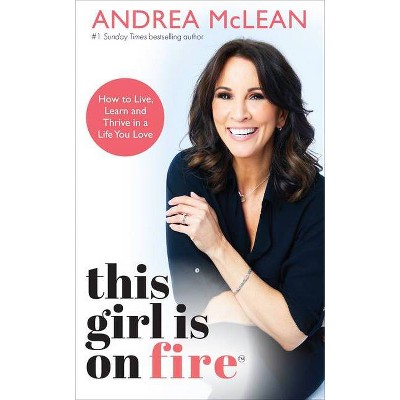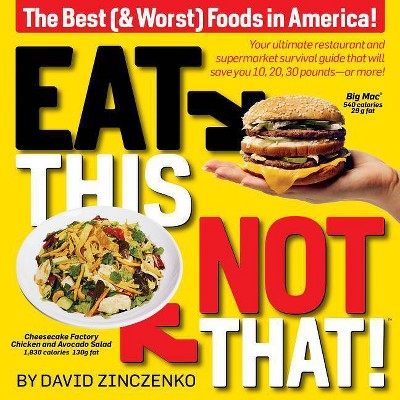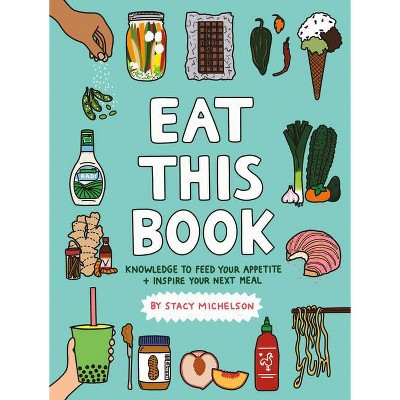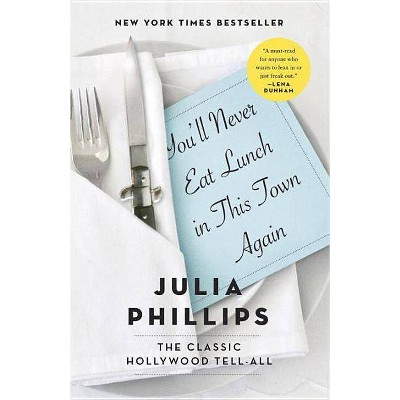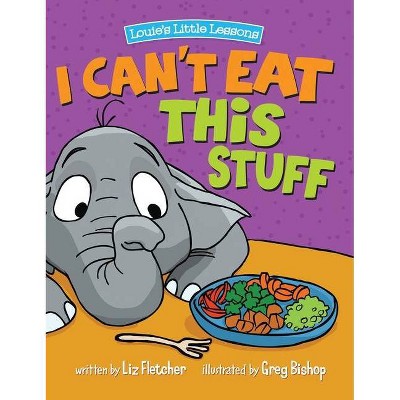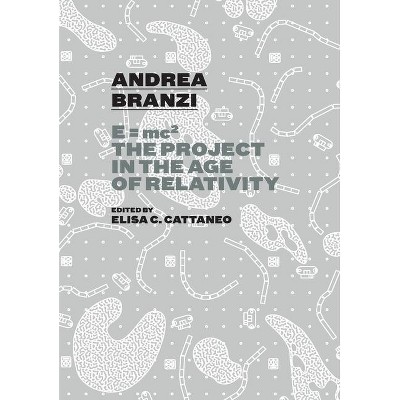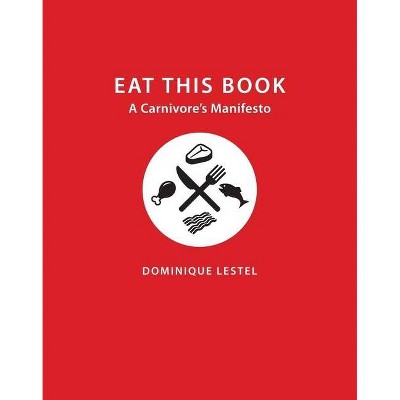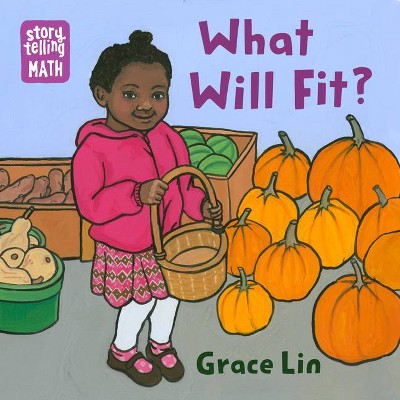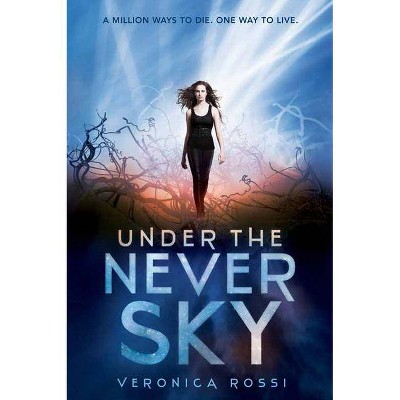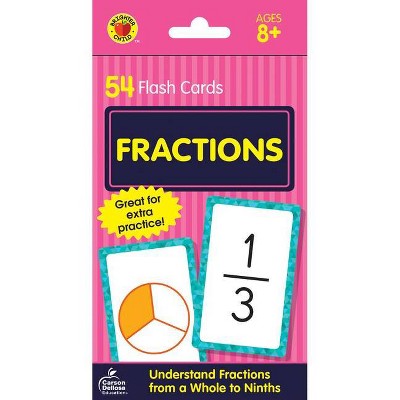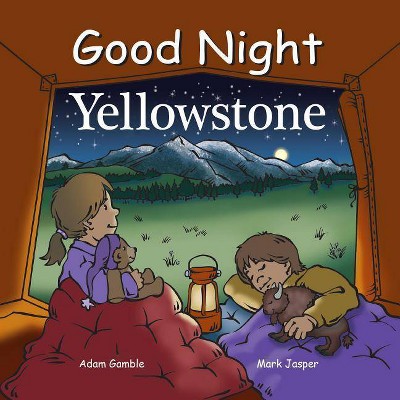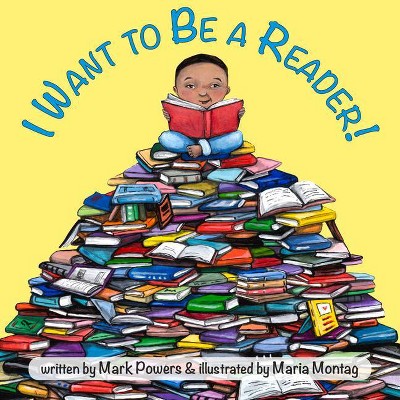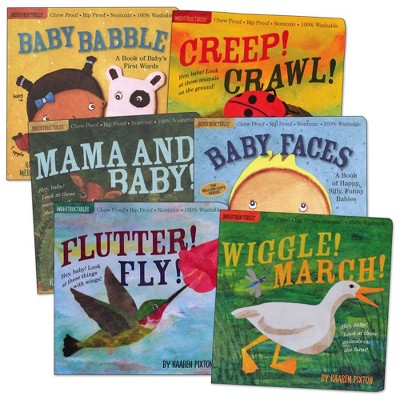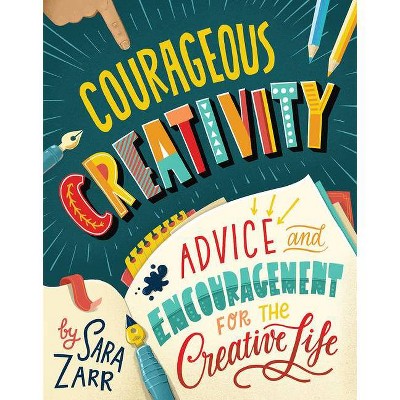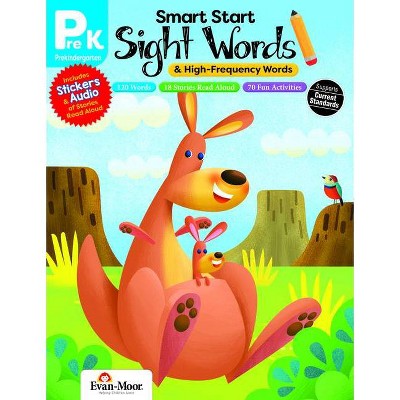Eat This! - by Andrea Curtis (Paperback)
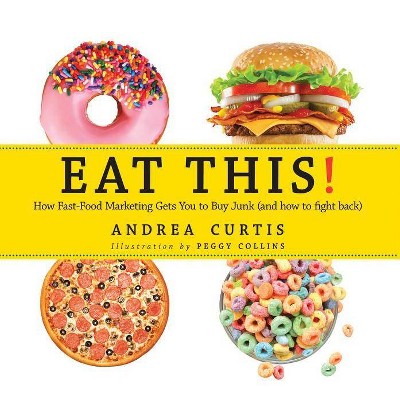
Similar Products
Products of same category from the store
AllProduct info
<p/><br></br><p><b> About the Book </b></p></br></br>"Examines how the fast-food industry uses advertising and marketing to influence children and young adults, while providing means and measures to combat the ... problem"--]cProvided by publisher.<p/><br></br><p><b> Book Synopsis </b></p></br></br><p> <i>Eat This!</i> examines how fast food marketing gets you to buy junk and how you can fight back. It shows how marketers embed sales pitches in media to lure consumers to foods that can negatively impact the health of children. The author explains what advertising is, discusses product placement and other tools used to sell products. Curtis provides careful insights into the fast food industry and ways in which young people can push back. </p><p> "Kids need to know the truth about junk food, and understand the millions of ways it's pushed on them -- every day. Andrea's fun and accessible book gives them the tools to fight back!" -- Jamie Oliver, MBE, world-renowned chef and food campaigner </p><p> "The title says it all. This is the first and only children's book to tell the awful truth about the way our kids are assaulted by rapacious marketers. But, most importantly, Andrea manages to tell the story to the kids themselves." -- Mark Bittman, best-selling author of <i>How To Cook Everything</i> </p><p> "<i>Eat This!</i> is a well-conceived, well-researched and empowering resource that helps students, parents and educators decode the marketing speak and arm themselves against powerful techniques used by junk food and beverage marketers." -- Lulu Cohen-Farnell, Founder, Real Food for Real Kids </p><p/><br></br><p><b> Review Quotes </b></p></br></br><br>"Eat This!" is aimed towards a youth audience of children age 9-14 in grades 4-8. "Eat This!" is an effective analysis of varied marketing tactics to persuade younger consumers to eat non-nutritious or junk food, with specific suggestions for ways to avoid being overly influenced by media publicity tactics in food choices, and ways to request or encourage food providers to offer a wider range of healthy choices of foods targeted towards kids. A couple of highlighted topic chapters titled Do This! offer specific examples, such as 9 year old Hannah Robertson's talk with McDonald's' executive that questioned the use of toys, mascots, and marketing techniques used to trick kids into eating and wanting unhealthy foods. Although the executive made counterclaims, McDonald's' began to offer more healthy food choices for kids, and media concluded that Hannah was responsible for beginning a meaningful dialogue between kids and fast food marketing. She actually said, "Don't you want kids to be healthy so they can live a long and happy life?... It would be nice if you stopped trying to trick kids into wanting to eat your food all the time." The conclusion is that kids can be a powerful force for change in the arena of fast food marketing. The final "Do This!" pages offer these among other suggestions: Celebrate diversity. Do price checks and taste tests. Lobby for litterless lunches. Advocate for fast food marketing-free zones. Question media. Watch product placement. Use viral video tactics to spur eating healthy foods. Read nutrition labels. Assess food based fundraisers, including the nutritional value of the foods. Watch fast food mascot use, think critically about this. Consider the Retire Ronald campaign and create similar efforts. "Eat This!" is described as a tool kit to fight fast-food marketing to kids. As such it has plenty of empowerment value and appeal for young readers and others. It could be easily incorporated into any math, sociology, or marketing class.--midwestbookreview.com (02/01/2018)<br><br>This, amazingly, is a 36-page toolkit for fighting marketing to kids, with endorsements from Mark Bittman and Jamie Oliver, among others. As I read it, it's a manual for teaching food literacy to kids -- teaching them how to think critically about all the different ways food and beverage companies try to get kids to buy their products or pester their parents to do so. The "fighting back" part takes up just two pages, but it suggests plenty of projects that kids can do: Do taste tests of fast food and the same thing home made. "Which one is more delicious, more expensive, more healthy? Which creates the least amount of waste?" Watch your favorite show . . . Mark down how many times you see product placement." "Quick: think of all the fast-food mascots you know by name . . . Who are the mascots aimed at?" The illustrations are kid-friendly as is the text. I'm guessing this could be used easily with kids from age 8 on.-- (02/16/2018)<br><p/><br></br><p><b> About the Author </b></p></br></br><p> Andrea Curtis is an award-winning author whose work includes <i>What's For Lunch</i>. She lives in Toronto. </p>
Price History
Cheapest price in the interval: 16.99 on November 6, 2021
Most expensive price in the interval: 16.99 on December 20, 2021
Price Archive shows prices from various stores, lets you see history and find the cheapest. There is no actual sale on the website. For all support, inquiry and suggestion messagescommunication@pricearchive.us

